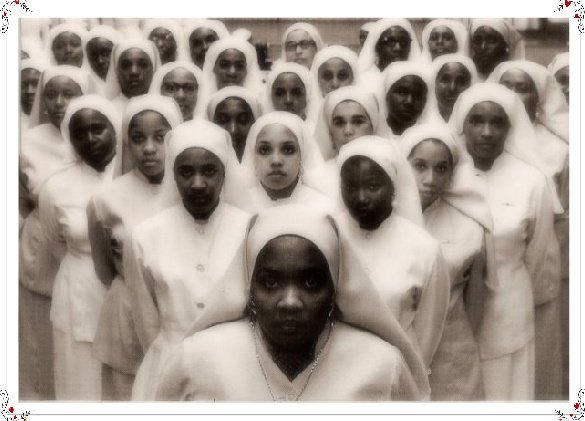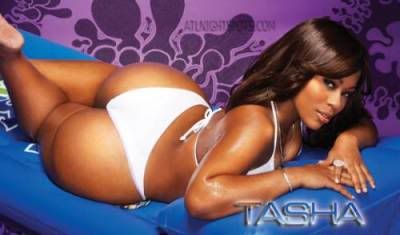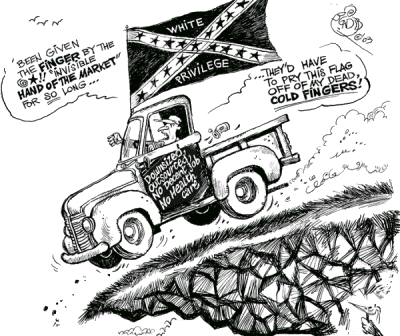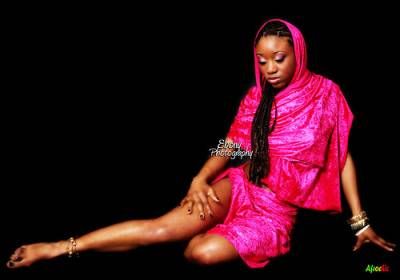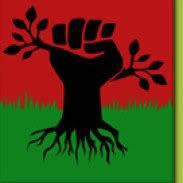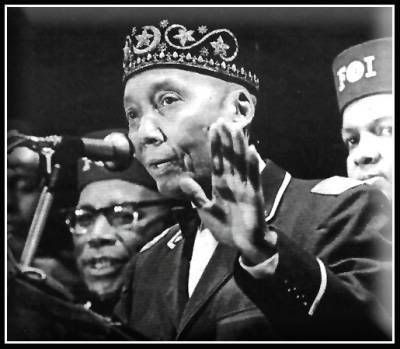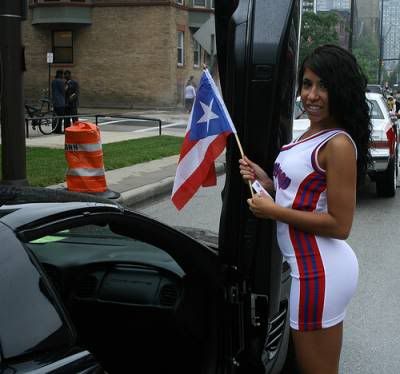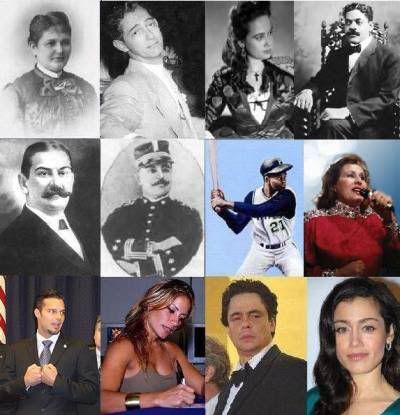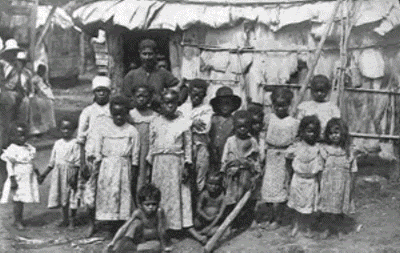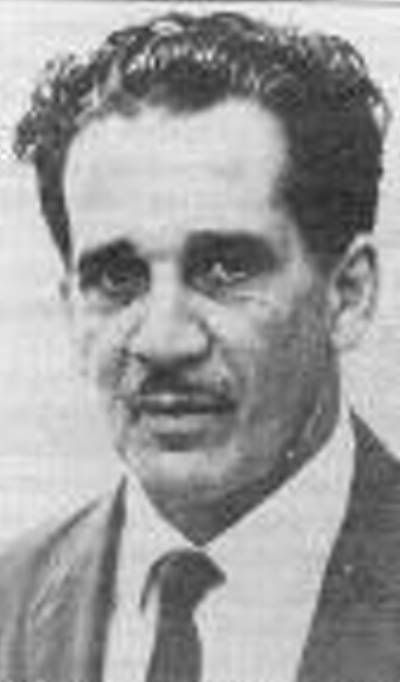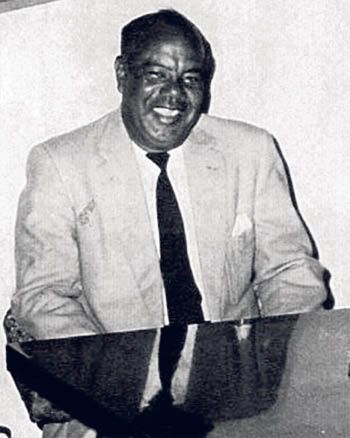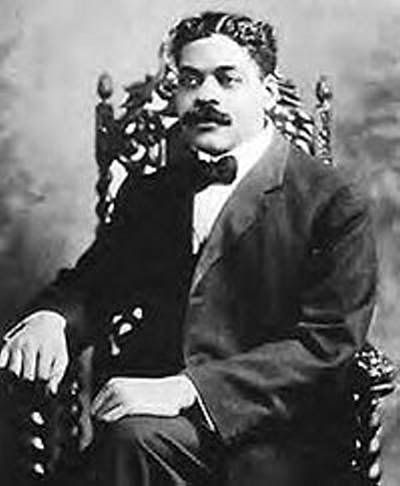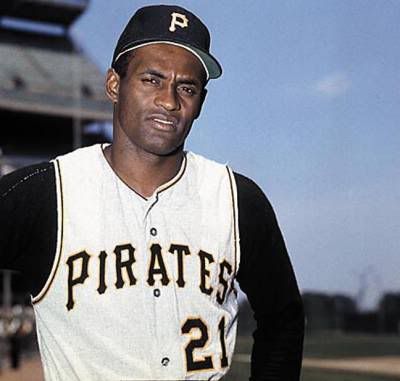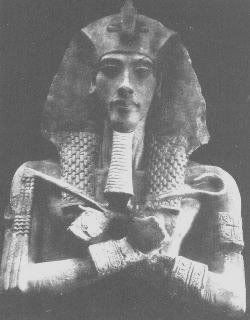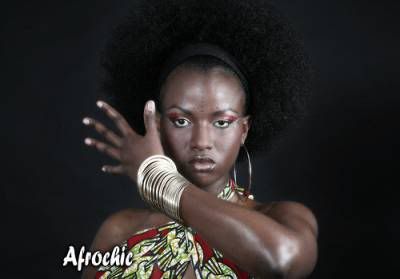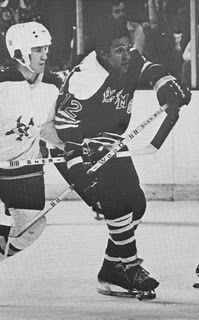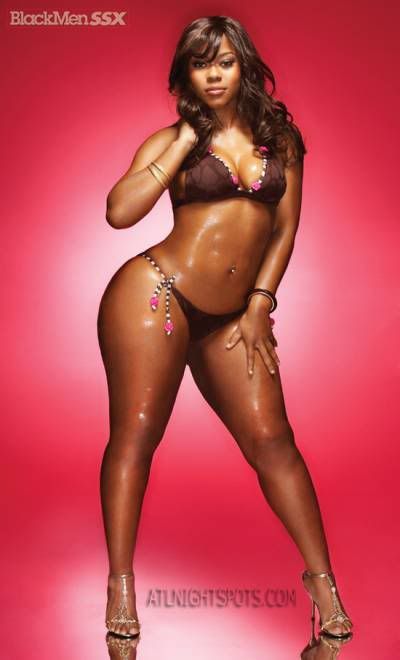
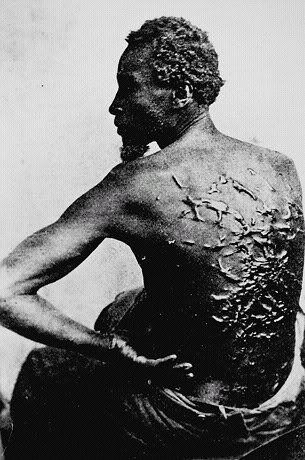

Shem Hotep ("I go in peace").
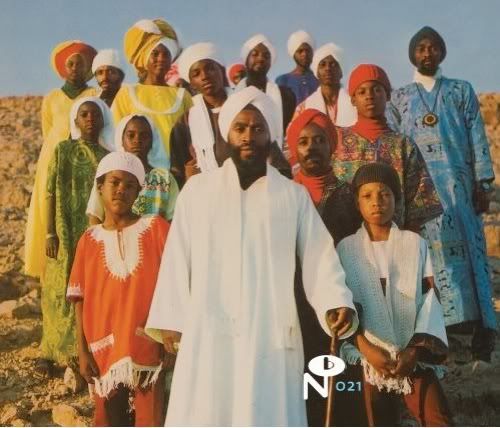
Black Hebrews?
The very words cause many people to grin at what appears to be simply a play on words. No one reads about such people in european authored history books and there are only a few references to "Ethiopian Jews" in white Jewish sources. Yet Black Hebrews have existed since biblical times. In fact, they are the original or proto-typical Hebrews.
Their story begins with the Patriarch Abraham (2117-1942 B.C.), a native of the Sumerian city of Ur in ancient Mesopotamia. Archaeological discoveries have proven that the earliest inhabitants of southern Mesopotamia were members of the "Brown Race," i.e., the Negroid branch of humanity.
It has been confirmed that the ancient Sumerians were akin to the modern Black Dravidians of India. The Sumerians also had an affinity with a people known as the Elamites, the very first Semitic group mentioned in the Bible (Gen. 10:22). The Elamites were a black-skinned and woolly-haired people as the colorful glazed artwork on the royal palace walls of the ancient Persian city of Susa clearly show.Thus Abraham, the native of Sumerian and the founding father of the Israelite nation, was a black man. The black racial origins of the Patriarchs is not based on mere conjecture, it is in complete agreement with the picture one gets from examining the identity of the earliest inhabitants of southern Mesopotamia.
This truth is grossly neglected, suppressed, and distorted in most European and American historical texts which are flavored with race prejudice. Fortunately, however, there are enough well authored and highly researched works by Black historians that challenge the Eurocentric revisions of history and correct the various erroneous views regarding the ethnic identity of the Hebrews.
Biblical history relates that the descendants of Abraham, namely Jacob (Israel) and his twelve sons and their wives, 70 in all, migrated from Canaan to Egypt around the year 1827 B.C. During their sojourn in Egypt the Children of Israel multiplied from being a family of 70 souls to a nation of over 3 million people at the time of the Exodus which took place in 1612 B.C.
This astounding number of people in so short a time can only be adequately explained by intermarriage between the family of Jacob and the native Egyptian populace. It is an established fact that the ancient Egyptians were a black African people. Thus, even if the Hebrews were not black before they arrived in Egypt, which is unlikely given Abraham's background, they were definitely black by the time they left Egypt under Moses
The biblical Hebrews were indistinguishable from native Egyptians and Ethiopians. The Bible is full of examples which demonstrates this, and even ancient secular historians remarked of the physical appearances of the Hebrews. The historian Tacitus, for example, stated that it was a common opinion among the Romans that the Jews "were an Ethiopian race." In Roman times PalestinianIsraelites were classed among Black Africans because it was almost impossible to tell them apart.
Hence, the Eurocentric notion of the Black Hebrew as a kind of Johnnie-come-lately in Hebraic history does not accord with the facts. On the contrary, the historical record is abundantly clear that the majority of white European Jewry are not Hebrews in the biological sense but are actually the descendants of converts to Judaism during Greco-Roman and Mediaeval times. Professor Roland B. Dixon states emphatically that: "The great majority of all Jews [Ashkenazi] to-day are 'Semites' only in speech, and their true ancestry goes back not so much to Palestine and Arabia as to the uplands of Anatolia and Armenia, the Caucasus and the steppes of Central Asia, and their nearest relatives are still to be found in these areas to-day" (Racial History Of Man, p. 175).
Caucasian Jews are not the lineal descendants of Abraham, Isaac, and Jacob. Nor do they constitute a separate race but rather a religious fraternity which adheres to the ethnic tradition of a people whose origins are inextricably linked to Black Africa.
But if the original Hebrews were black where are their descendants in the world today? Are all black people Hebrews? The answer to the latter question is obviously no. The Israelites were only one of several black people existing in ancient the ancient world. Nevertheless, it is certain that the ancient Hebrews customs and practices who's legacy orginated in Africa, were adopted by that of white Jews in Europe. Very little is heard about the hundreds of thousands of Black Hebrews living in various parts of the world such as Africa, Asia, India, Arabia, the Caribbean islands, South America, and North America.
The history of Black Hebrews in North America is perhaps one of the most important chapters in US history which has yet to be fully written. The ancestors of African Americans came from West Africa during the era of slavery. That particular region of Africa was once home to a number of Black Hebrew tribes that migrated from North and East Africa over many centuries. In speaking of these migrations, Dr. Yoseph A. A. ben-Yochannan writes that: "In North Africa, just before the period of Christianity's legal entry into Rome - due to Constantine "the Great" conversion in the 4th century - there were many Hebrew (Jewish) 'tribes' that are of indigenous African (the so-called 'Negroes') origin.
These African Jews, as all other Romanized-African of this era, were caught in a rebellion in Cyrene (Cyrenaica) during 115 C.E. against Roman imperialism and colonialism. This rebellion also marked the beginning of a mass Jewish migration southward into Soudan (Sudan or West Africa) along the way of the city Aer (Air) and into the countries of Futa Jalon and Senegal (Sene-Gambia) which lie below the parabolic curve of the Niger River's most northern reaches, where the City of Tumbut (Timbuktu, Timbuctoo, etc.), Melle (Mali) presently stands." ("African Origins of the Major Western Religions," 1970, p. 76).
Dr. Ben goes on to relate that Black Israelite immigrants from northern and eastern Africa merged with indigenous groups in western Africa to become the Fulani of Futa Jalon, Bornu, Kamen, and Lake Chad. They also formed the parent-stock of groups such as the Ashanti, the Hausa, the B'nai Ephraim (mentioned in earlier posts), and the Bavumbu (Mavumbu or Ma-yomba). All of these groups suffered tremendous population decreases during the years the Atlantic slave trade was in operation, others were completely eliminated.
Thus, every so-called African American has Israelite ancestry in their family tree whether he or she knows it or not. Even in the very crucible of slavery the descendants of West African Hebrew captives in America struggled to keep their heritages from being obliterated by forced assimilation and acculturation. Their distinctive traditions became submerged in Christianity but always remained a part of the oral tradition via the so-called Negro Spirituals which praise the memory of ancestors and kinsmen like Moses, David, Joshua, and Daniel.
Since the African-American conviction of having Israelite ancestry antedates the Civil War it is not surprising that the earliest Black Hebrew congregation to be established in North America was founded in the 1880s in Chattanooga, Tennessee by F. S. Cherry (the group later moved to Philadelphia). Cherry was a railroad worker and seaman who was fluent in both Yiddish and Hebrew. He adamantly preached that so-called American Negroes are really the lost sheep of the House of Israel whose true legacy was stolen from them during slavery. He urged his hearers to investigate their history in order to rediscover this truth and reclaim their heritage.
In 1896, a man by the name of William S. Crowdy established another Hebrew congregation in Lawrence, Kansas. In 1899, Leon Richlieu established the Moorish Zionist Temple in Brooklyn. To date there are literally hundreds of uncharted Black Hebrew congregations in North America. They do not exist because of an aversion for mainstream American Protestantism or an attraction to white Jewish culture. As stated earlier, Black Hebrews have always been in the world; and they repudiate the notion that they are usurpers of the heritage of white Jews.
The great proliferation of Black Hebrew groups occurred after World War I during the Great Migration of Blacks from rural areas in the South to urban centers in the North. There were at least nine Black Hebrew congregations in New York in the early 1900s, one of which was founded by a West Indian named Arnold Josiah Ford called "Beth B'nai Abraham Congregation." In 1918, another West Indian born Israelite named Wentworth Arthur Matthews founded the "Commandment Keepers," and emerged as one of the leading Black Israelite rabbis in Harlem. Born in 1892 of African Hebraic parentage in Lagos, West Africa, Matthews moved with his family to St. Kitts in the West Indies before coming to America in 1911.
Branches of the "Commandment Keepers" exist in many American cities such as Philadelphia, Pittsburgh, Pennsylvania, Cincinnati, Chicago, Ohio, Virginia, and New Jersey. In 1965, the "House of Judah" was founded by William Lewis in Wetumpka, Alabama. The group later purchased a twenty-acre tract near Grand Junction, Michigan where they practice a communal life-style. Black Hebrews feel that by reclaiming their Israelite identity they have also recovered an important part of their ancestral heritage. They hold to the conviction that their "Hebrewness" is directly traceable to their African forebears of Israelite extraction who were brought to this country during slavery. They are cognizant and proud of their non-Hebrew African heritages but like many other people with mixed backgrounds they opt to give certain of their forebears a more pronounced place in their identity.
Black Israelite groups in America are decentralized and varied in ideology.Unlike white Orthodox Jews, Black Hebrews reject the Talmud, a collection of commentaries, as being on a par with the Bible and so they do not conform to rabbinical judgments which emphasize the need of conversion to Talmudism in order to be considered "truly" Jewish.
Since the Bible recognizes patrilineal as well as matrilineal descent, Black Hebrews (like Reform Jews) do not place any special significance on having a "Jewish" mother as do Orthodox Jews. Another major reason why the Talmud is rejected is due to its role in creating the so-called Hamitic Myth which is the doctrine that teaches that all black-skinned people are the cursed descendants of Ham in the Bible.
It was the promulgation of this erroneous myth, passing under the guise of "Jewish" talmudic scholarship, which provided the moral pretext for European slavery of Africans. The Talmud was not the product of ethnic Hebrews but of proselytized Babylonian sages who worked on editing it from the 3rd to in the 6th century A.D. It should not be used as the litmus test on Hebrew identity, particularly since it was of men who were clearly prejudice of Blacks, Israelites or otherwise.
A major dilemma facing many Black Hebrews who wish to settle in Israel has to do with the Talmud and the fact that conversion is a mandatory prerequisite for gaining Israeli citizenship. The Black Jews from Ethiopian were not allowed to immigrate to Israel until they agreed to undergo a ceremonial conversion to white Judaism (which was tantamount to a denial of their own Hebrewness) and embrace the Talmud. However, many Ethiopian Jews, particular in the aftermath of the recent blood scandal in Israel, are seriously rethinking their decision to adopt the Talmud because it has not given them equal status with other white Israelis.
Ethiopians Jews occupy the bottom rung of Israeli society today because they are black and are not considered "true" Hebrews because of their blackness. American Black Hebrews wanting to join their Ethiopian brethren feel that the Israeli Law of Return is unjust because it forces recognition of a racist text (the Talmud) in order to be considered eligible for citizenship It is truly ironic that the descendants of the original Hebrews are not considered to be Hebrews even in their own land because they happen to look like their distant forebears.

